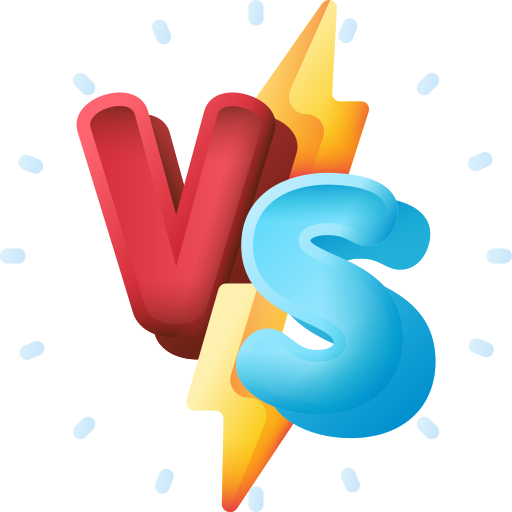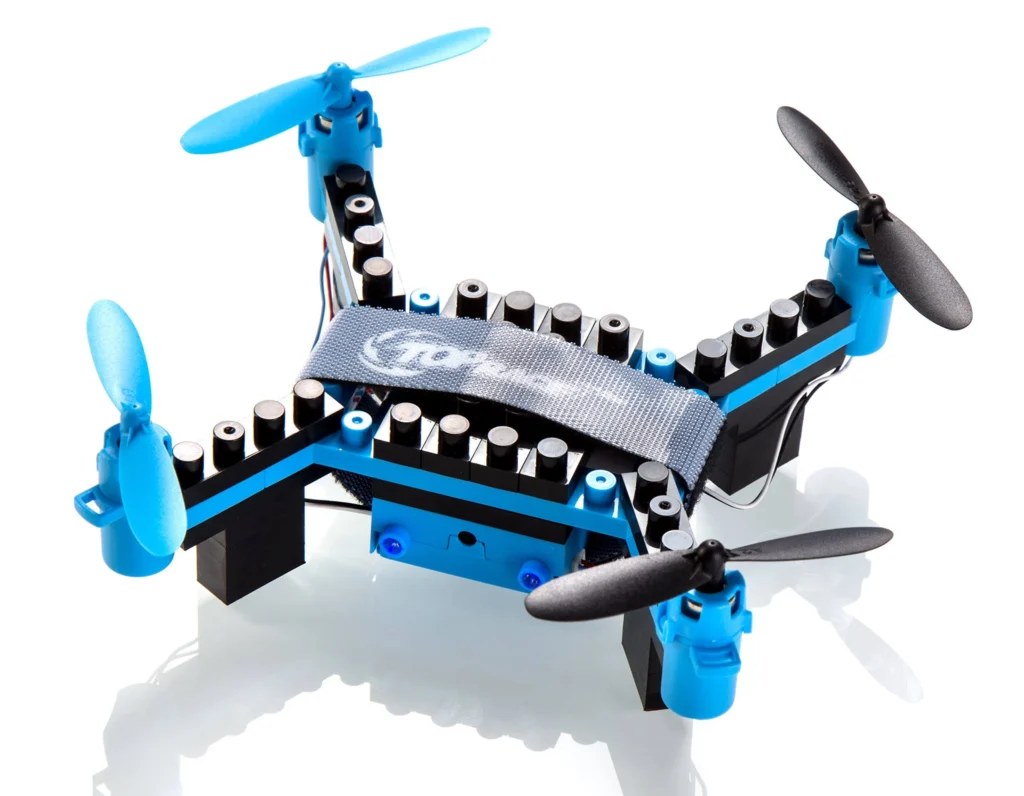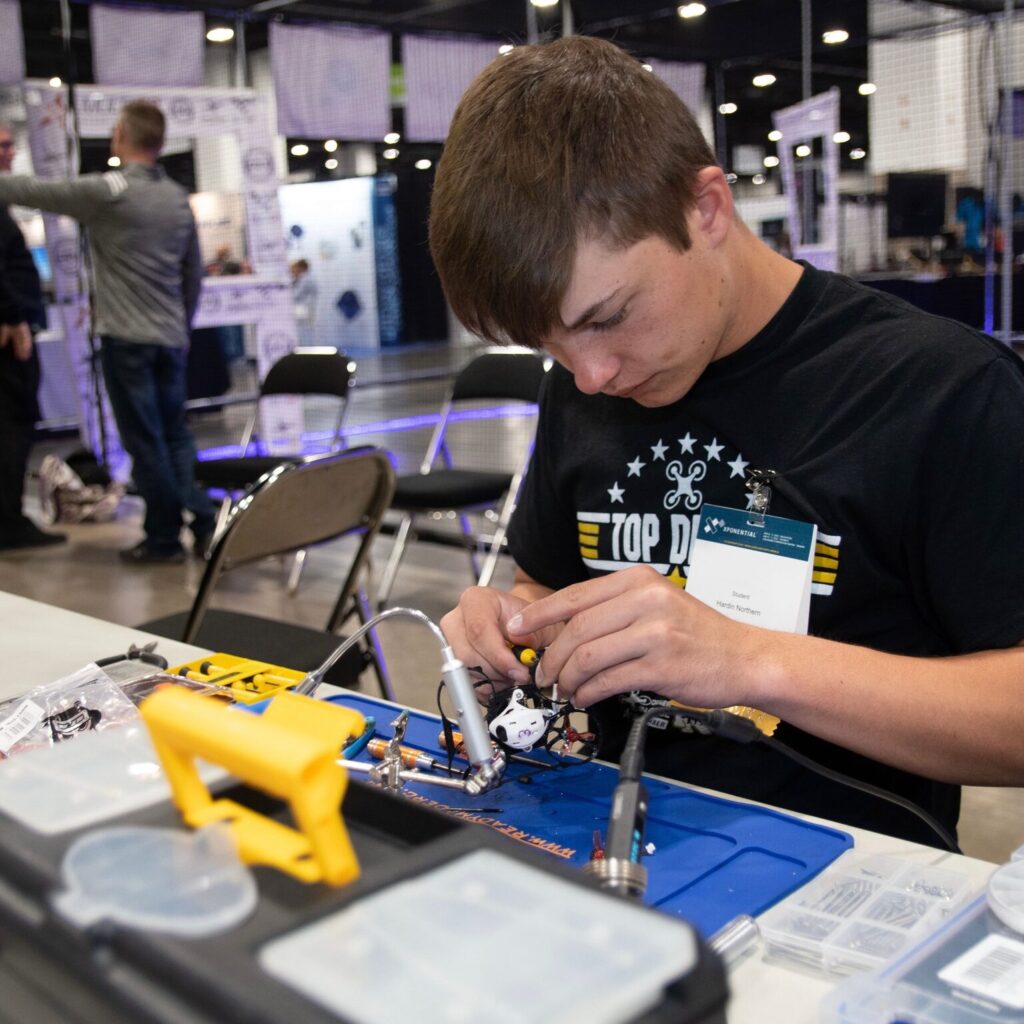
Bitcraze Drones
Educational Drones vs. Toy Drones
February 22, 2024 — 3 minutes
In the dynamic realm of drone technology, the decision between selecting an educational drone, like the Crazyflie drones featured in the DroneBlocks Autonomous Drones – Level II kit, and a toy drone found online is pivotal for educators, hobbyists, and students alike. This comparison aims to highlight the distinctions between these two drone categories, emphasizing why an educational drone might be a superior choice for those looking to integrate drones into STEM education or seeking a more profound learning experience.
Durability and Design
Educational Drones: Educational drones are engineered to endure the bumps and crashes of the learning curve. The Crazyflie drones, for instance, are designed with durability and modularity in mind, allowing for easy repairs and modifications. This aspect is crucial for hands-on learning and experimentation, making these drones ideal for STEM education environments.



Toy Drones: Although toy drones are accessible and can introduce users to basic flight mechanics, their build quality often compromises on durability. These drones may not withstand the wear and tear of frequent use, especially in a learning environment where experimentation and accidents are part of the process.
Educational Value
Educational Drones: The Crazyflie drones stand out as programmable drones that offer a rich educational experience. They allow students to explore drone coding, robotics, programming, and aerodynamics. These drones are perfect tools for integrating into lesson plans and curriculums, designed to enhance coding, problem-solving, and critical thinking skills.

Toy Drones: While toy drones can offer initial excitement, their educational value is limited. They lack the programmability and customization that educational drones offer, making them less suitable for curriculum-based learning or in-depth exploration of drone technology.
Software and Customization
Educational Drones: A significant advantage of educational drones like the Crazyflie is their open-source nature, allowing for extensive customization and programming. This feature is instrumental in drones for STEM education, as it permits educators and learners to tailor the drones to their educational needs, exploring advanced programming languages and software development skills.

Toy Drones: Toy drones typically feature proprietary software with limited scope for customization or advanced programming. This makes them less ideal for educational purposes where the goal is to deeply explore and understand the underlying technology.
Long-Term Investment
Educational Drones: Opting for an educational drone is an investment in long-term learning and skill development. Programmable drones like the Crazyflie provide a scalable platform for education, allowing users to progress from basic flight operations to complex concepts such as autonomous flight and AI integration.
Toy Drones: Toy drones may seem like an economical choice initially, but their limited functionality and potential for frequent replacement render them less cost-effective in the long run. The lack of educational resources and programming capabilities limits their use in a structured learning environment.
Community and Support
Educational Drones: The Crazyflie drones benefit from a supportive community of educators, developers, and drone enthusiasts. This community is an invaluable resource for lesson plans, troubleshooting, and collaborative learning. Additionally, educational drones often come with dedicated support from their manufacturers, enhancing their value in educational settings.
Toy Drones: The support and community surrounding toy drones are generally less focused on education and learning. Users may find themselves navigating through generic forums for assistance, which can be less reliable for educational purposes.
The Bottom Line
The choice between an educational drone and a toy drone is significant for those looking to integrate drones into their STEM curriculum or seeking a deeper understanding of drone technology. Educational drones like the Crazyflie not only provide a durable and customizable platform but also offer extensive educational value through drone coding and programmable features. They represent a long-term investment in learning, skill development, and innovation.
For educators, students, and drone enthusiasts aiming to explore the vast potential of drone technology beyond mere recreational use, educational drones are the optimal choice. They offer a practical and enriching approach to STEM education, opening doors to new possibilities in learning and technological exploration.
Shop More Products
From classroom-friendly kits to hands-on tools: Explore our hardware, packages, and accessories tailored for the educational journey.